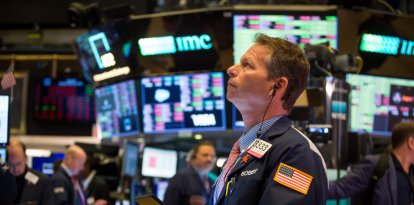166 million Americans live paycheck to paycheck
More than half (64%) of the national population can barely cover their expenses at the end of the month. The figure makes for a 3% year-on-year increase, compared to the 61% reported in December 2021.

(Pexels)
The percentage of consumers living paycheck to paycheck is increasing. A report published by LendingClub and PYMNTS revealed that in December 2022, around 166 million Americans said that their monthly salary is barely enough to cover their expenses. The figure equates to 64% of the national population and makes for a 3% year-on-year increase compared to the 61% recorded in December 2021.
The study surveyed more than 3,900 consumers across the country.
Most people live paycheck to paycheck
More than half of consumers (51%) who earned more than $100,000 per year indicated that they were 'living paycheck to paycheck' in December. The figure represents an increase of nine percentage points when compared to the 42% who said the same in the same month of 2021. Within this group, 16% reported that they struggle to pay monthly bills.
For consumers earning between $50,000 and $100,000, two-thirds (66%) were living paycheck to paycheck in December, and more than three-quarters (78%) of those earning less than $50,000 found themselves in the same situation. These percentages "have remained relatively constant," according to the report.
Approximately 75% of consumers who live paycheck to paycheck stated that inflation is the "most worrisome factor" in their lives. Just over a quarter (27%) expect their personal finances to "get worse" this year.
Anuj Nayar, head of financial health at LendingClub, stated:
RECOMMENDATION





















